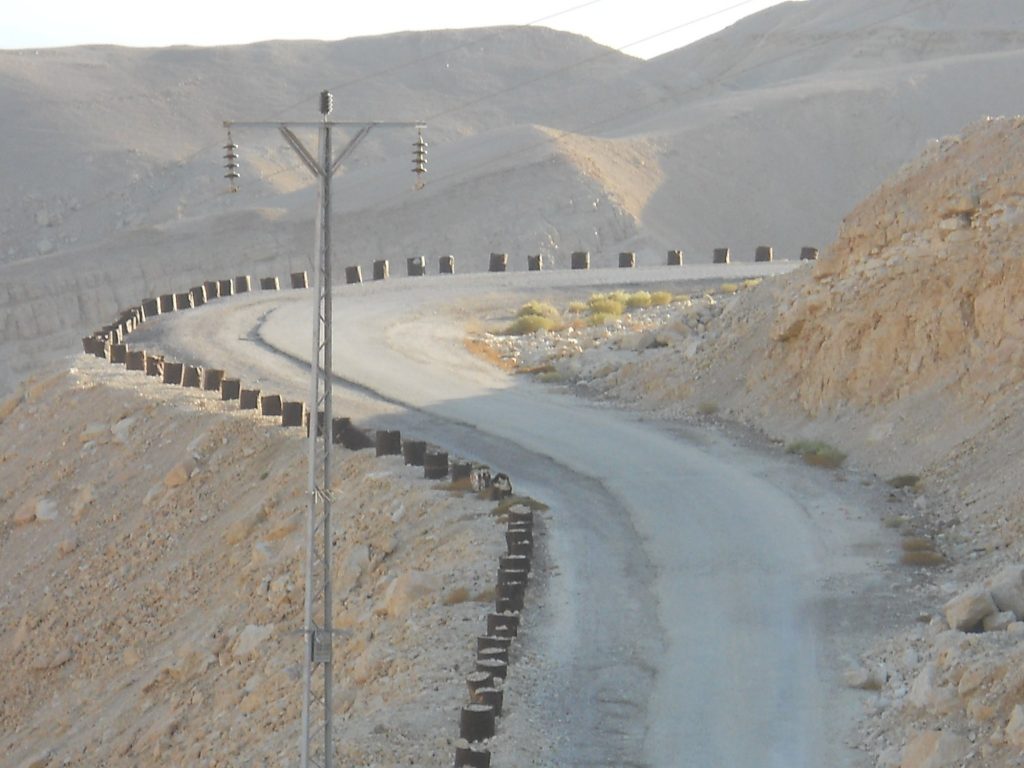Ehud Dar pays homage to the unforgiving landscapes of the Negev desert with light touches from Jerusalem

There is a special place in my heart for the Negev desert, because that is where I spent most of my military service all these decades ago and because these landscapes have changed so little changed since Abraham and his clan wondered in them from oasis to oasis. Northern Israel, where I grew up, would have been unrecognizable to people of the late bronze and early iron ages; gone are the Mediterranean oak forests and the hills are now dotted with towns and villages. The desert however, at least where untouched by humans, is ever unchanging.

I often wondered if it was the desert’s minimalism, its stark juxtaposition of the finite earth and he infinite blue skies that gave rise to the idea that there is only one God. Having spent many a night alone in the Negev under its canopy of stars, the same stars upon which Abraham, Isaac, and Jacob used to gaze, I could see how they have discovered Him, how they learned to talk to Him, to see in Him both a loyal friend and a fierce adversary should they stray from the path of righteousness.

Ehud Dar’s photographs, focused as they are on the Negev’s earth, with its infinity of shades of browns, grays and okras and its relentlessly monochromatic blue skies capture this duality, the duality between the human and the divine, the earthly and the spiritual, the finite and the infinite. The artists photographs do not shy away from the in your face experience that is the Negev desert; they enhance it. With subtle touches of mixed media, Dar brings his very human Jerusalem sensibility to the divine landscapes of the Negev.

What I particularly enjoy about the artist’s work is that his enhancements are insignificant. In fact, they are difficult to find, like those children’s booklets that occupy kids in restaurants and doctors’ waiting rooms by having them find the subtle differences between two seemingly identical pictures. “Who are we to mess with His creation?” the artist seems to be asking, all the while answering: “well, maybe just a little bit…”

The exhibition is called “Jerusalem Embraces The Negev”, but it is a very light embrace, akin to the air kisses, the bisous that the French exchange upon meeting friends and relatives. Jerusalem, continuously occupied by humans for four millennia or more, is the Earth’s most human of places; the Negev, one of the most un-human. If one thinks of art as the study of opposites, one would be hard-pressed to find a more fitting subject than the placement of these three-dimensional motifs side by side on a single two dimensional plane, or one that is more challenging for both the artist and the viewer. I gaze at Dar’s works and am moved. And that is really all one can ask.


